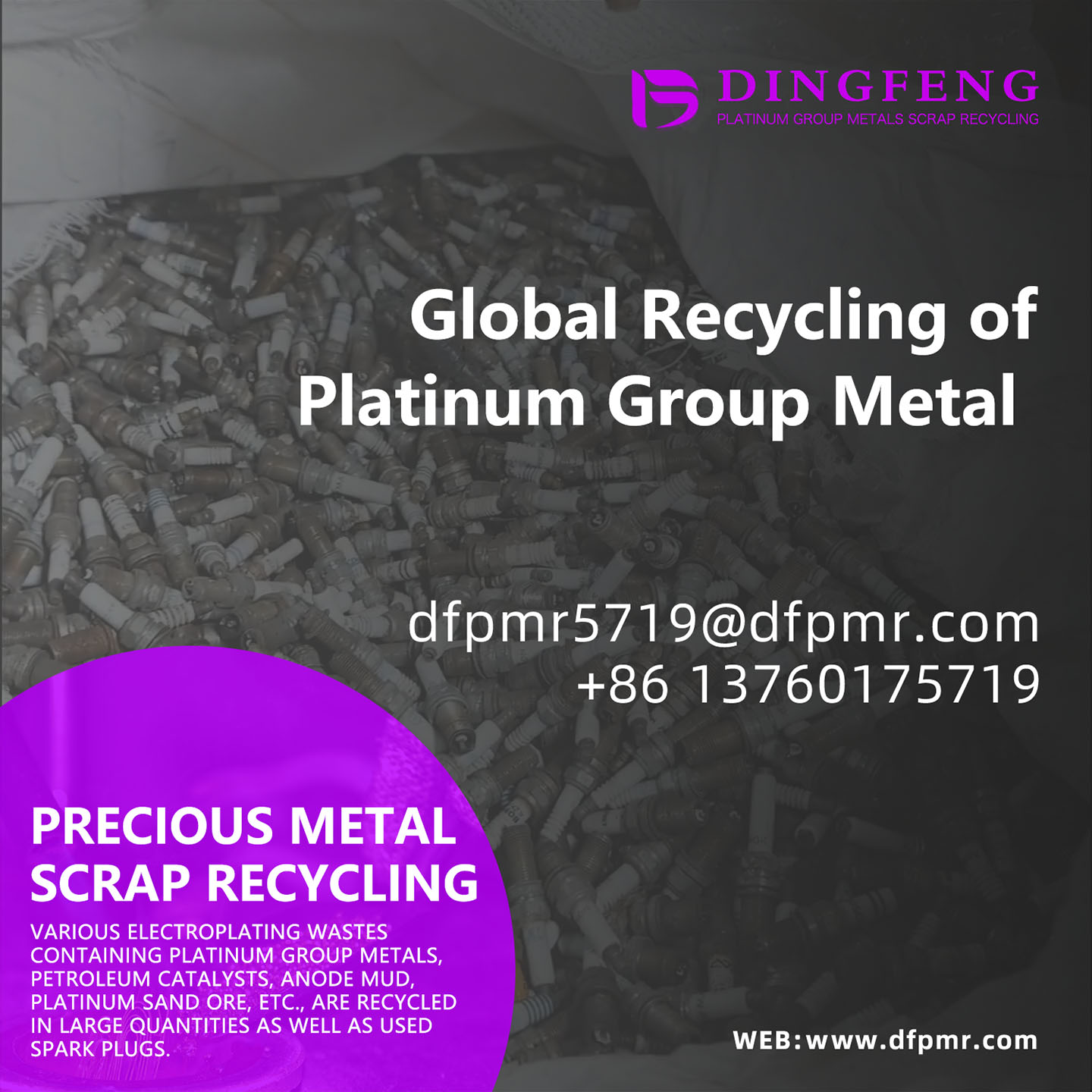Global Trends in Precious Metals Recycling: A Comprehensive Analysis of Opportunities, Challenges, and the Path Forward
The precious metals recycling industry is no longer a peripheral activity—it has become a linchpin of global sustainability efforts, economic resilience, and technological progress. As the world grapp
The precious metals recycling industry is no longer a peripheral activity—it has become a linchpin of global sustainability efforts, economic resilience, and technological progress. As the world grapples with resource scarcity, climate change, and supply chain disruptions, recycling precious metals like gold, silver, platinum, and palladium has emerged as a critical solution. Dingfeng Precious Metals, a leader in ethical and efficient resource recovery, is pioneering innovations to meet these challenges head-on. Below, we delve into the intricate dynamics shaping the industry, offering a granular look at trends, regional nuances, and future opportunities.

Drivers of Growth:
E-Waste Explosion: The world generates 53.6 million metric tons of e-waste annually (2023 UN data), a figure projected to double by 2050. This waste contains $57 billion in recoverable metals, yet less than 20% is formally recycled. Smartphones alone contain up to 60 different elements, including gold in circuit boards and silver in solder.
Circular Economy Mandates: The European Union’s Circular Economy Action Plan aims to halve municipal waste by 2030, while corporations like Apple and Microsoft commit to 100% recycled metals in products. These policies are reducing reliance on mining, which consumes 10% of global energy and devastates ecosystems.
Green Energy Demand: Solar panels, wind turbines, and electric vehicles (EVs) rely heavily on silver, platinum, and rare earth metals. For example, a single EV battery requires up to 50 grams of platinum, driving demand for recycled supplies to offset mining bottlenecks.
Dingfeng’s Contribution:
We’ve developed proprietary processes to extract metals from low-yield sources, such as printed circuit boards and medical devices, achieving recovery rates of 98% for gold and 95% for palladium. Our zero-waste policy ensures that even non-metallic residues are repurposed, aligning with the UN’s Sustainable Development Goals (SDGs).


